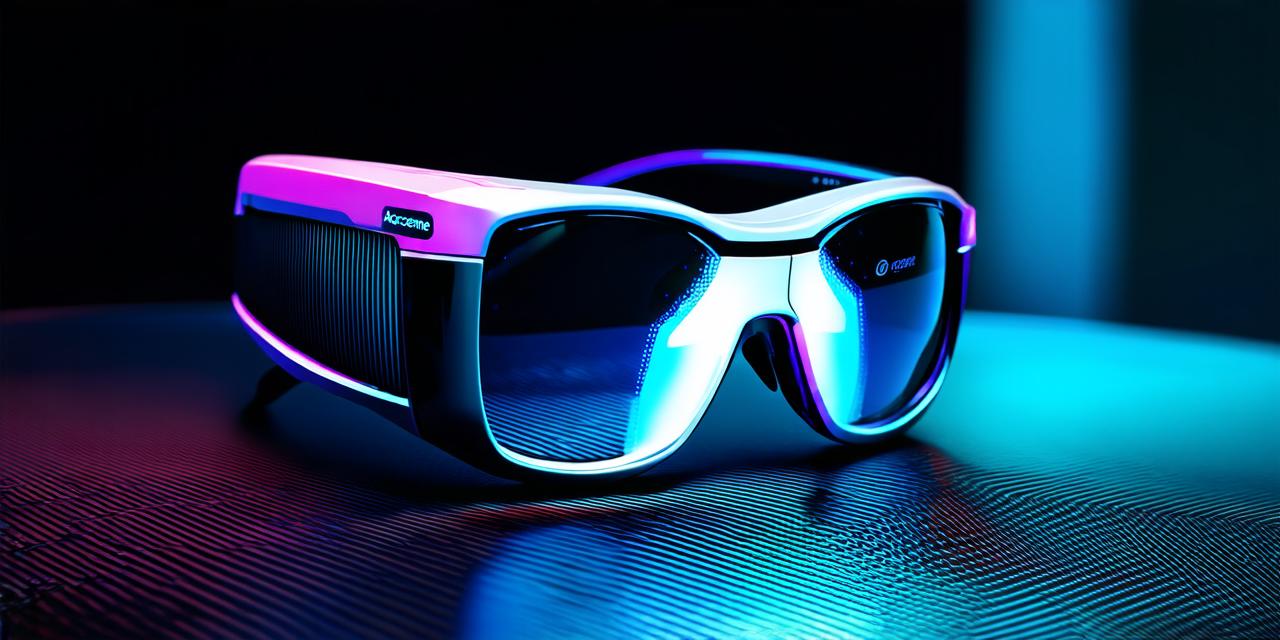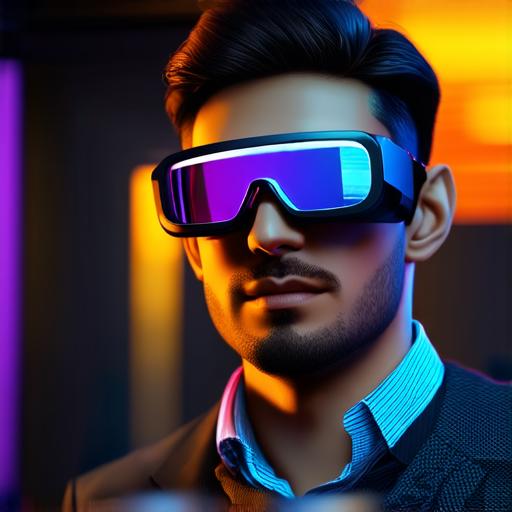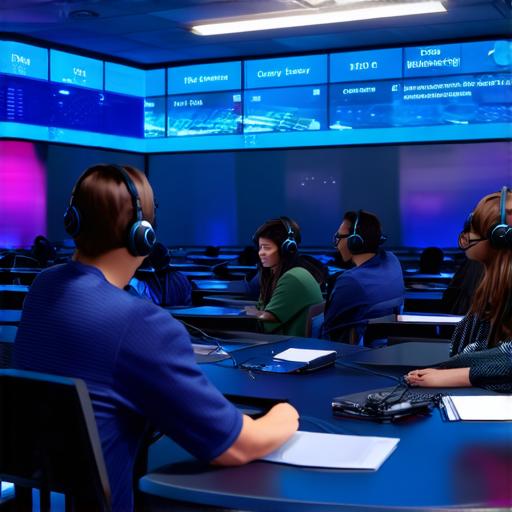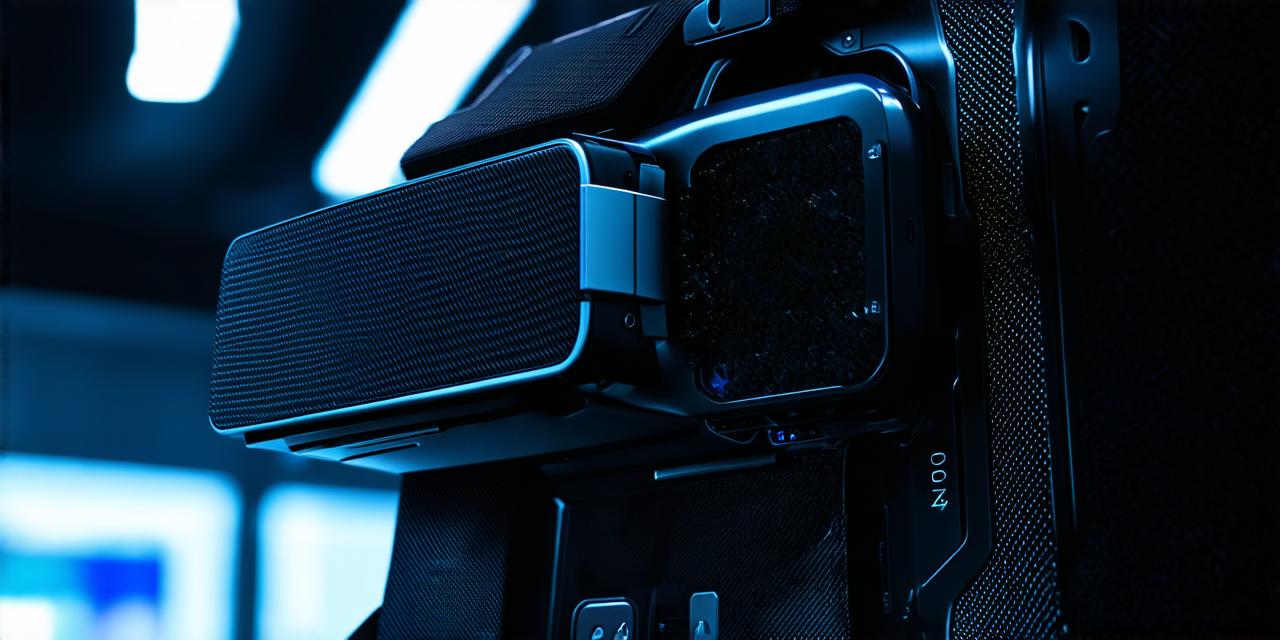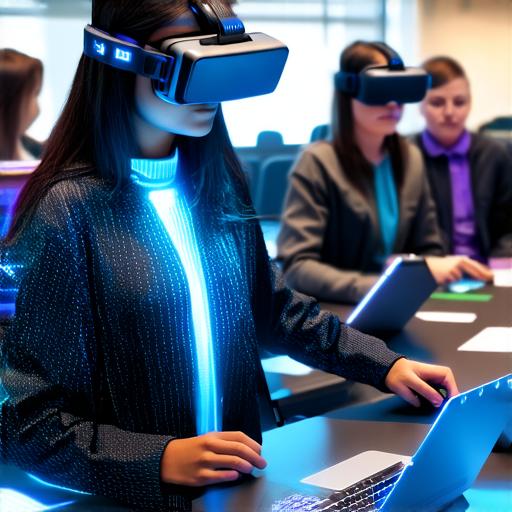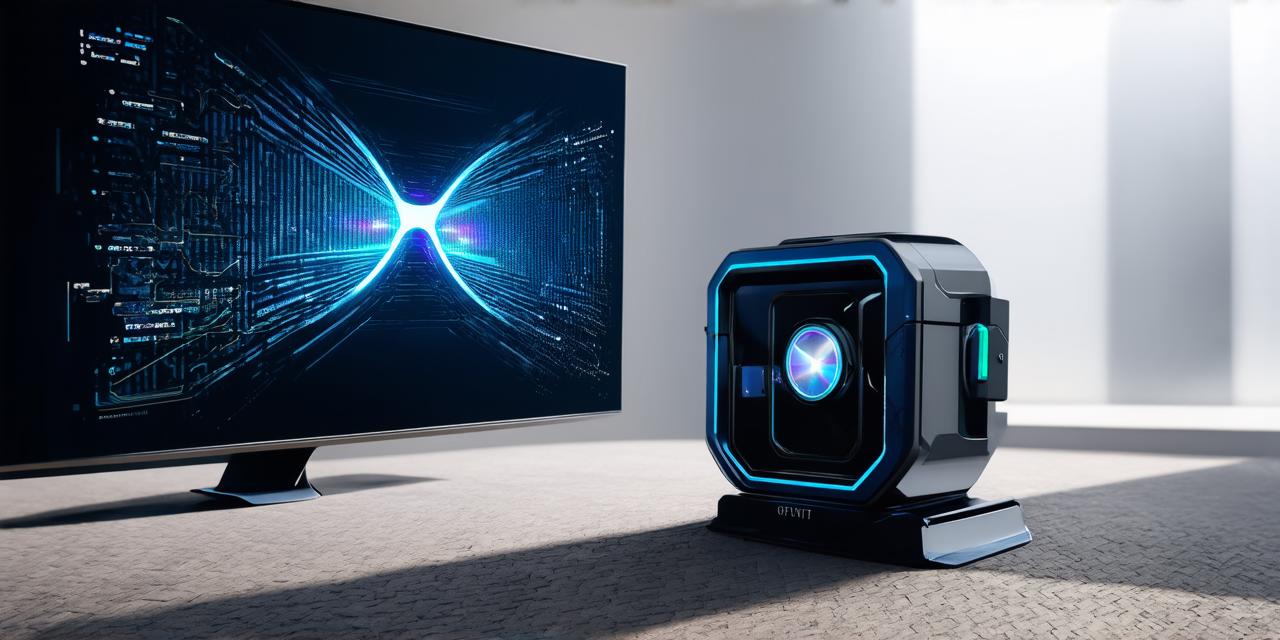What Is Augmented Reality? – Explained by tech.blogtuan.info
If you’re looking for an exciting new technology that can revolutionize the way we interact with the world around us, look no further than augmented reality (AR). AR is a cutting-edge field of study that involves using computer technology to enhance and manipulate our perceptions of the physical world. In this article, we’ll explore the basics of AR, its applications in various industries, and some of the exciting developments currently taking place in the field.
What Is Augmented Reality?
Augmented reality is a technology that allows us to overlay digital information onto the real world. This means that we can see virtual objects and images in our physical surroundings, creating an immersive and interactive experience. AR works by using sensors and cameras on a device to track the position of the user in real-time, and then using that data to create a virtual environment that blends seamlessly with the real world.
Applications of Augmented Reality
Healthcare
In healthcare, AR can be used to assist surgeons and doctors during operations by providing real-time information about the patient’s anatomy. This can improve accuracy and reduce the risk of complications. For example, the company Medtronic has developed an AR headset called the HoloLens that allows surgeons to view 3D models of a patient’s anatomy during surgery, making it easier to plan and execute complex procedures.
Retail
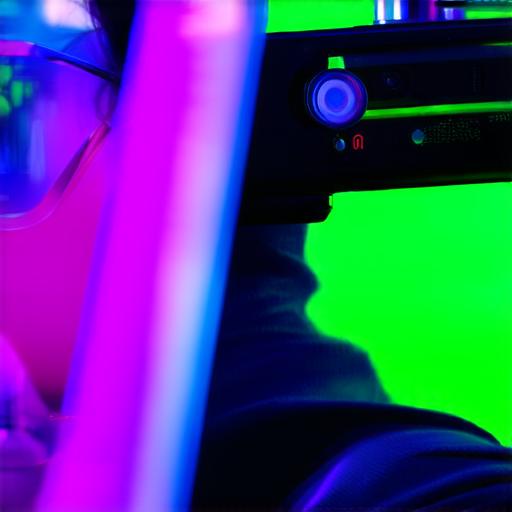
In retail, AR can be used to create interactive product displays that allow customers to see products in use or to try them on virtually. This can increase engagement and sales. For example, IKEA has developed an AR app called Place that allows customers to visualize furniture in their homes before buying it, helping them make more informed purchase decisions.
Education
In education, AR can be used to create interactive learning experiences that engage students and enhance their understanding of complex concepts. For example, the company Aurasma has developed an AR app called Aurora that allows students to learn about history and culture by exploring famous landmarks and monuments through their smartphones.
Gaming
In gaming, AR can be used to create immersive experiences that blend the real world with virtual worlds. For example, the game Pokémon Go uses AR to allow players to catch virtual creatures in real-world locations, creating a fun and engaging experience for players of all ages.
Exciting Developments in Augmented Reality
AR is a rapidly evolving field, with many exciting developments currently taking place. Some of the most promising include:
- Smart glasses are devices that integrate AR technology into eyewear, allowing users to see virtual information overlaid onto the real world. Companies like Google and Samsung are already developing smart glasses, and it’s likely that we’ll see many more in the coming years.
- Haptic feedback is a technology that allows devices to provide tactile sensations to users, such as vibrations or force feedback. This can be used in AR to create more immersive experiences, allowing users to feel as if they’re interacting with virtual objects in the real world.
- The development of 5G networks is set to revolutionize the way we use AR, by providing faster and more reliable connections that can support high-bandwidth applications. This will allow for even more immersive and interactive experiences, such as virtual reality (VR) and augmented reality (AR).
FAQs
1. What is the difference between augmented reality and virtual reality?
Augmented reality involves overlaying digital information onto the real world, while virtual reality involves creating a completely artificial environment that users can interact with.
2. How does augmented reality work?
AR works by using sensors and cameras on a device to track the position of the user in real-time, and then using that data to create a virtual environment that blends seamlessly with the real world.
3. What are some common applications of augmented reality?
Some common applications of AR include healthcare, retail, education, gaming, and more.

